Story Structure
Hours, days, weeks, and sometimes months of work have led to this moment, and it’s time. It's time to release your message and share it with the world.
And the fear kicks in: Will they get it? Will it make sense to someone who has not been on the journey? Will they buy into our thinking, into us? Will we get what we need back to have made this all worthwhile?
The Real Challenge Behind Presentation Nerves
This last-minute second-guessing kills presenters’ confidence, delays website launches, and leads to rescheduled meetings that still end up being a waste of time or are rescheduled again to go over points that weren’t clear the first time.
It’s common to hear, ‘If we’d just had more time, we could have…’
Could have what? Gone through another round of changes with well-meaning but largely unhelpful direction only to face the same challenges a week later? These are the weeks I enjoyed the least in my early years of pitching, the weeks that created more frustration than wins.
Why Structure Matters More Than Ever
Time is not the issue; content is very rarely the issue. Structure is the issue.
The essence of my work with strategic storytelling is structure.
Structure matters when we need to move from information sharing to influencing outcomes. And it matters more today than ever as we battle shorter attention spans, overwhelming content and choices, and the feeling that everything we see sounds the same.
How Stories Work With — Not Against — the Brain
Storytelling is all about packaging what we know into something easy for our audience to process, store, and recall.
Stories are the universal language of our brains, and understanding how our brain works when we hear a compelling story, what makes it work as a story versus what happens when we are bombarded with information and bullet points, is vital to making simple but critical changes to the structure of the content.
The Power of Strategy in Storytelling
The strategy component is knowing what to package, how to discover its essence, and what is a leading point the audience needs to hear versus superficial or superfluous detail that gets in the way.
Subjectivity and subject matter experts make it hard to know what to leave out, which is as important as knowing what to put in. Strategic tools remove subjectivity and bias, allowing the story that needs to be told to surface.
Ready to Make the Shift?
If the delivery of the content can impact the desired outcome, whether sharing internally for approval or externally to influence potential customers, as well as how we think about and share our own story to shape our presence and prospects, strategic storytelling matters more today than ever.
If it’s time to shift the dial on the delivery, let’s chat about my coaching, online masterclasses, and on-site training, all designed to get your messages to show up and influence the outcomes you need when it matters most.

